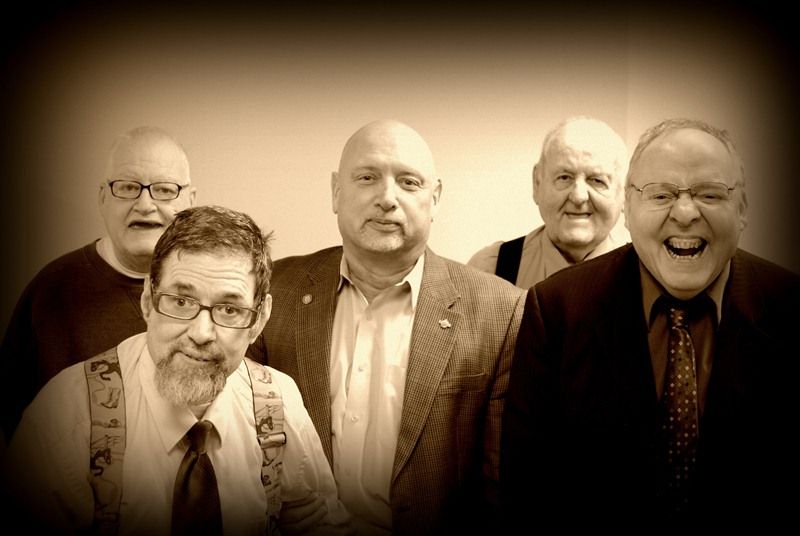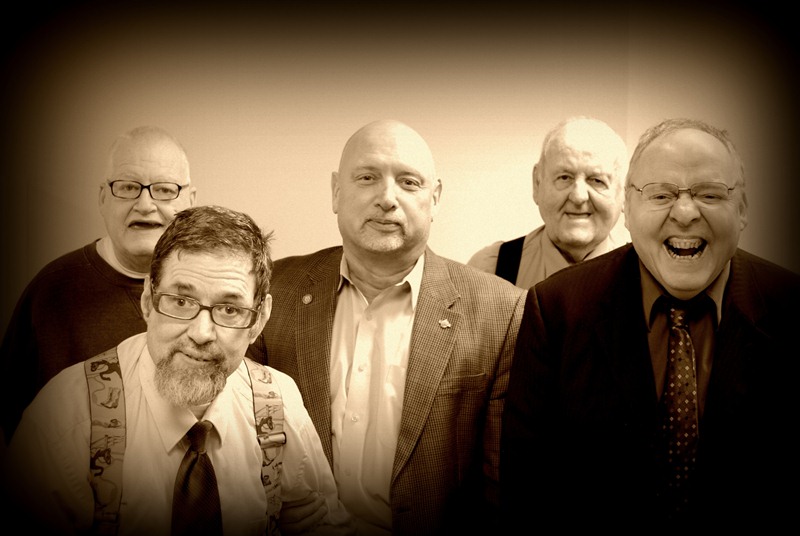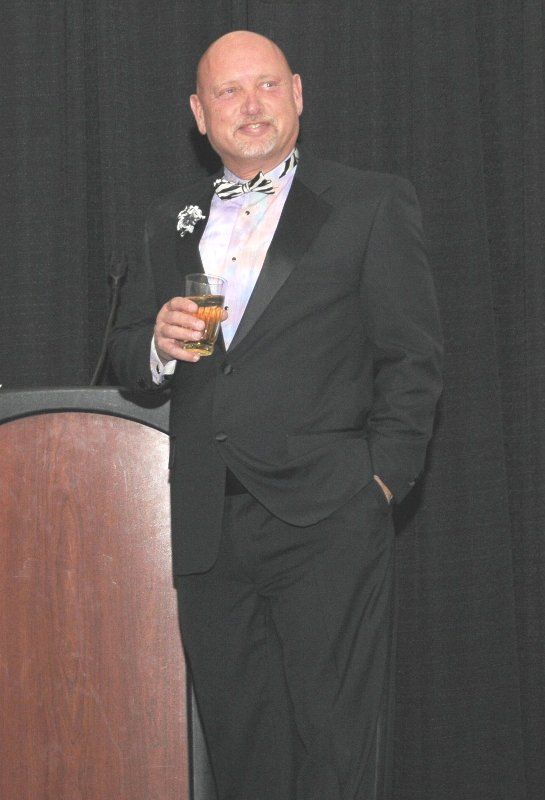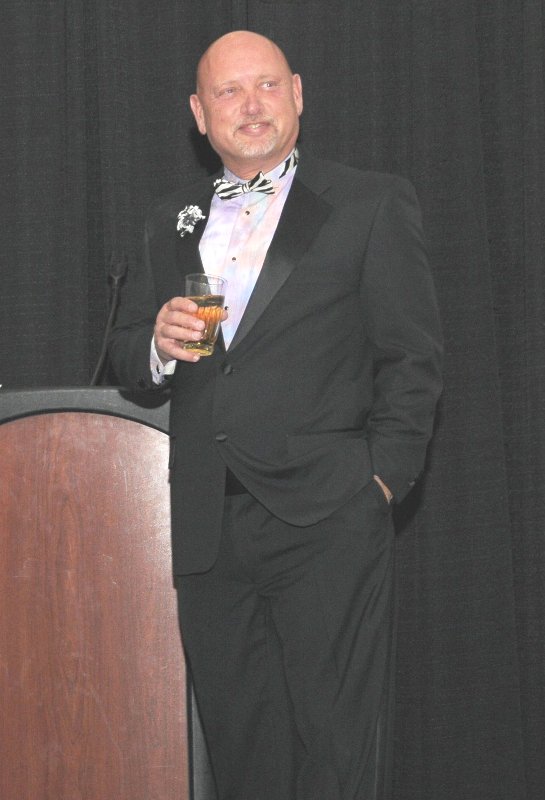Bark’s Bytes #28 | Independence to Inclusion
On April 15, 2014, Twin Cities Public Television debuted “Independence to Inclusion” a show produced with the support of the MN Governor’s Council on Developmental Disabilities. I first watched it in March because a number of the people in the show are served at Merrick. At the time I noted some remarks that challenged my perspective of how and why our human service system operates. I watched it again after the Independence Day holiday and encourage others to do the same by clicking on the following link – http://bit.ly/1tk5dDW. It is 27 minutes that will enable you to examine your own beliefs on society’s role in disability services.
I agree with those in the show who state that humans are not born with a predisposition to discriminate against others because of the color of their skin, religion, disability, or any other notable characteristic difference. It also seems most everyone agrees that discrimination is a behavior that we learn from verbal and non-verbal experiences in our everyday lives. I also agree that disability, “an impairment that substantially limits typical life activities”, is most often a naturally occurring event in human reproduction and is neither a choice nor an illness to be cured. Finally, as one of the people in the show stated – “you cannot legislate morality and attitudes.” Still, I believe government has a role to ensure every citizen’s freedom from discrimination and to establish protections and legal recourse.
Where I disagree with some in the show, is with the assertion that “the system” is evil and seeks to continue the client’s dependency to protect human service system jobs. Throughout the nation, many people with disabilities are contributing much to the economy, diversity, and enrichment of the communities in which they live. While great strides have been made in supporting the presence of people with disabilities in local communities through employment, the truth is that few of these people have solid, reciprocal connections and support networks. Many are in fact more like visitors to communities rather than true community members. It is my belief that supporting people with disabilities to be a part of their community was never intended to be the role of the “day service system.” Protection rather than connections was the focus.
Based on what we have learned over the last two decades, day service providers need to shift their role and find ways to open doors, build bridges, make introductions and support relationships. In other words, our new role is to create and support opportunities for people with disabilities and other community citizens to come together and share common experiences. There are many ways we can support the inclusion of people into the community, for example:
• Getting to know a person and the talents and gifts they have to offer;
• Encouraging people to maintain their relationships;
• Supporting people to develop new relationships;
• Assisting people to learn how to do things they need or want to know;
• Getting people to participate in community activities based on their interests and cultural connections;
• Providing assistance and support to be healthy and safe; and
• Ensuring back-up to a person when asked.
However, we need to constantly remind ourselves that our role is to support the inclusion of people into their community, not to be their community. People with disabilities, their families, friends, and allies are teaching us much about the importance and value of listening to and being guided by people who experience the “services” or supports, since they are in the best position to know how it works and feels for them. We are learning that the needs of people with disabilities have little to do with their disability and much to do with where they live, work, and play. Supports need to take into consideration the cultural/ethnic background of people as well as their preferences. As professionals in the service system, we can and should make it a focus of our programs to connect the people we serve to their communities.


 In my last post I reflected on staying optimistic despite 33 years of feeling like Sisyphus from Greek mythology who, for eternity, is sentenced to roll an immense boulder up a hill only to watch it roll back down and the byzantine challenges we now face for something called Medicaid reform. My optimism was further inspired by a Father’s Day card from my three adult children and wife. Each had written a note that was both personally unique and blended well with the others. While keeping their messages private I can share that, “when needed”, I was described as firm, giving of advice, being there, and a pain-in-the-butt. If I could figure out how to make that into a catchy button I would wear it proudly. I also enjoyed the adage that I have grown wiser as my children have grown older. While I also received some nice presents, the notes are what I will remember.
In my last post I reflected on staying optimistic despite 33 years of feeling like Sisyphus from Greek mythology who, for eternity, is sentenced to roll an immense boulder up a hill only to watch it roll back down and the byzantine challenges we now face for something called Medicaid reform. My optimism was further inspired by a Father’s Day card from my three adult children and wife. Each had written a note that was both personally unique and blended well with the others. While keeping their messages private I can share that, “when needed”, I was described as firm, giving of advice, being there, and a pain-in-the-butt. If I could figure out how to make that into a catchy button I would wear it proudly. I also enjoyed the adage that I have grown wiser as my children have grown older. While I also received some nice presents, the notes are what I will remember.




